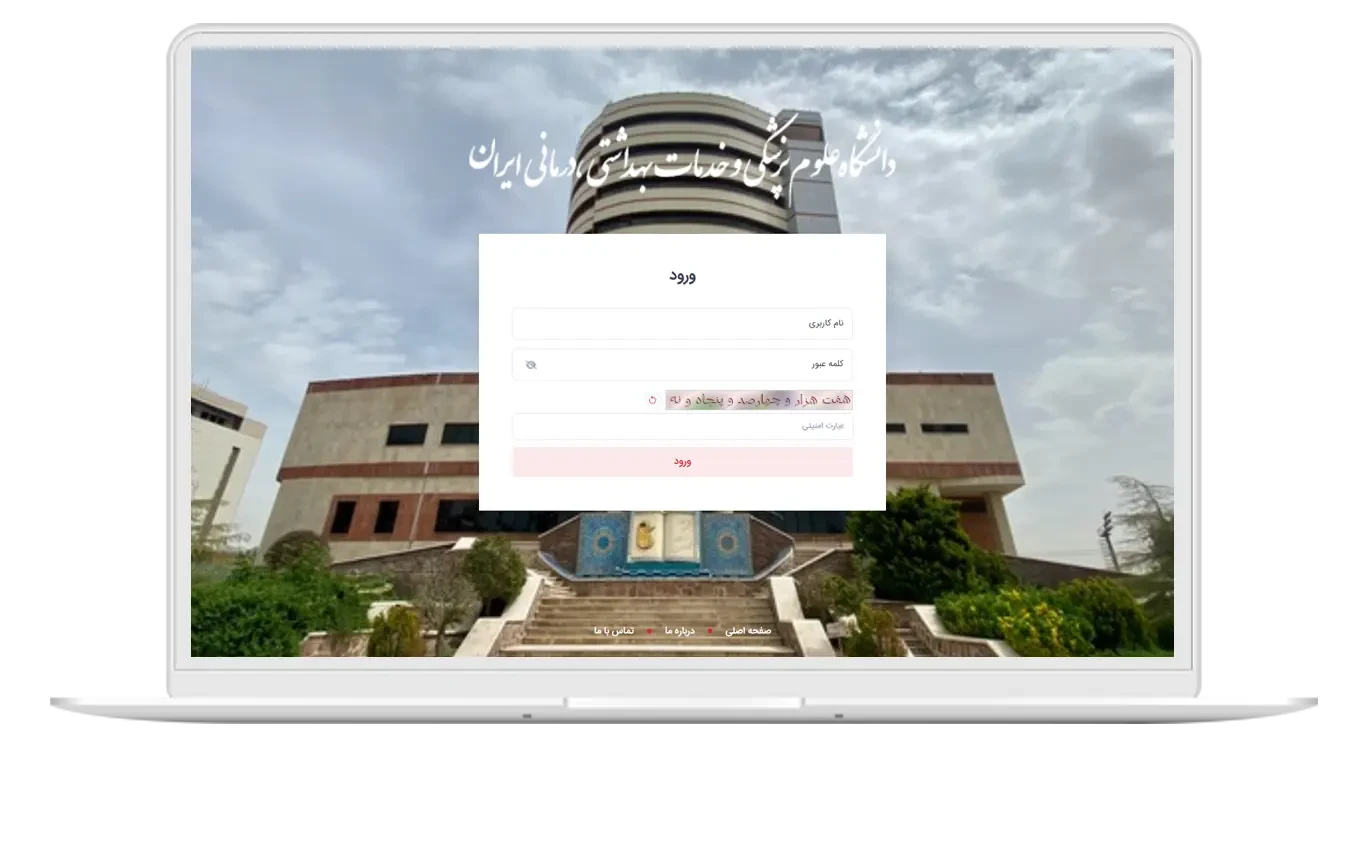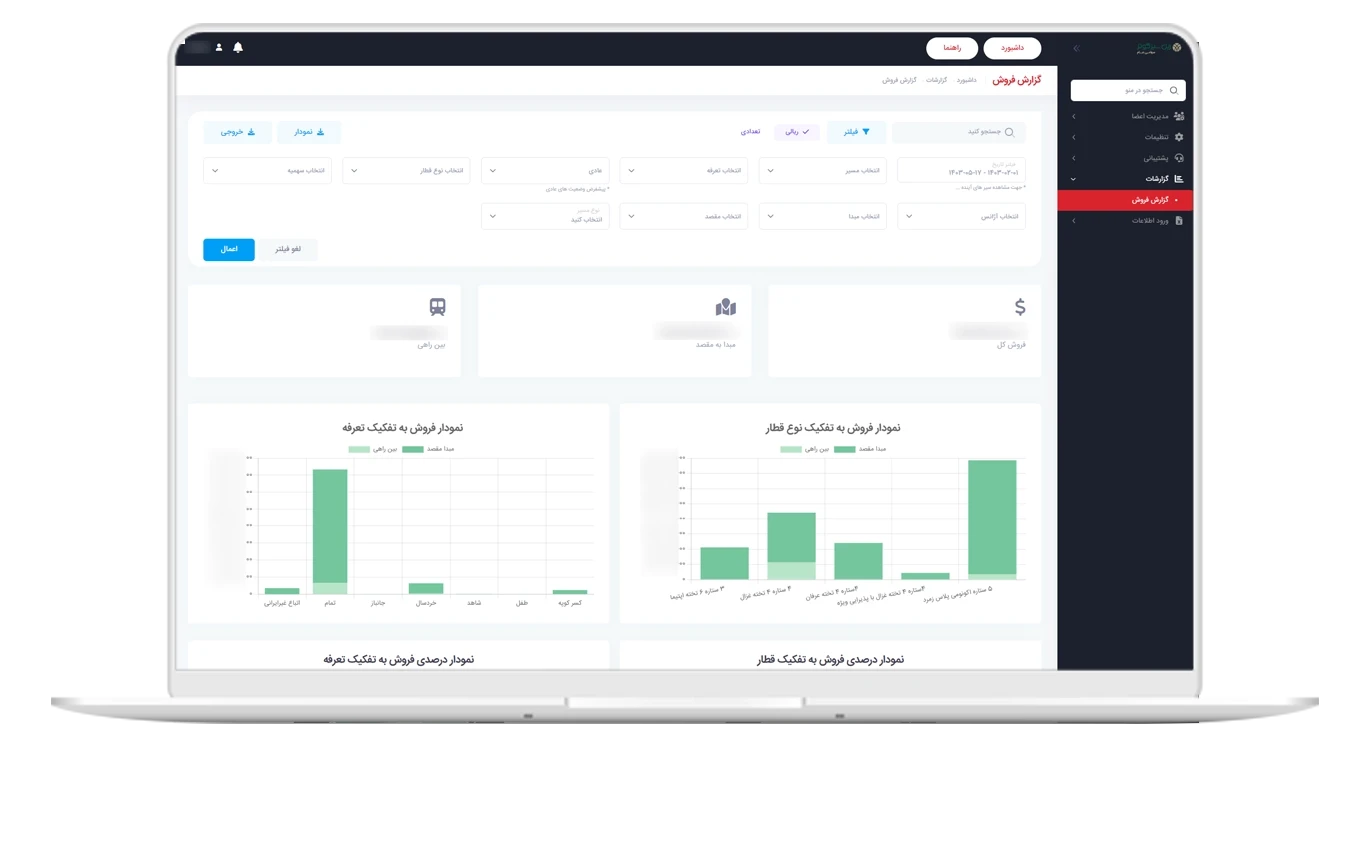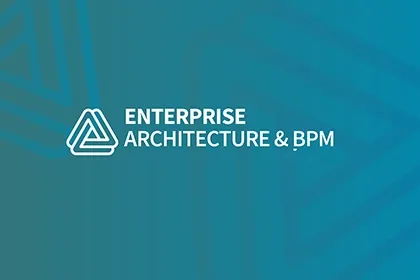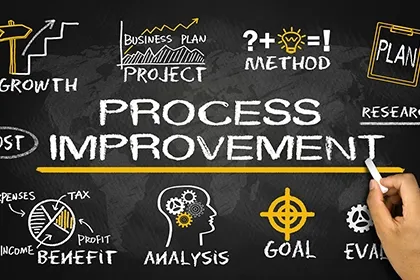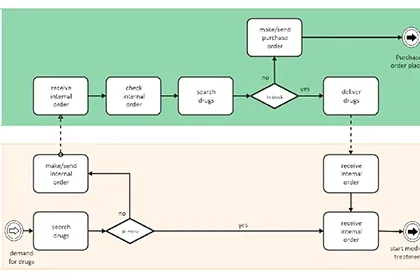In the field of Business Process Management (BPM), we sometimes reach a point where incremental improvements are insufficient, and it is necessary to fundamentally redesign the structure of processes. This is where the concept of Business Process Reengineering (BPR) emerges as a transformative tool.
Business Process Reengineering means fundamentally rethinking and innovatively designing the key processes of an organization in such a way that there is a significant improvement in key performance indicators such as cost, quality, speed, and customer satisfaction.
What is Business Process Reengineering (BPR)?
What is BPR? Business Process Reengineering is a management approach that focuses on the complete redesign of organizational processes instead of making minor adjustments. This concept was first introduced by “Michael Hammer” and “James Champy” in their famous book titled Reengineering the Corporation.
The goal of BPR is to create a significant leap in organizational performance by discarding old procedures and establishing new processes. Unlike approaches such as Continuous Process Improvement (CPI), which are incremental, BPR aims for a “process revolution.”
- 🎯 Complete redesign of processes from the ground up
- 💡 Use of technology to drive performance innovation
- ⚙️ Focus on value creation for the customer
- 🚀 Objective: Significant increase in productivity, quality, and speed
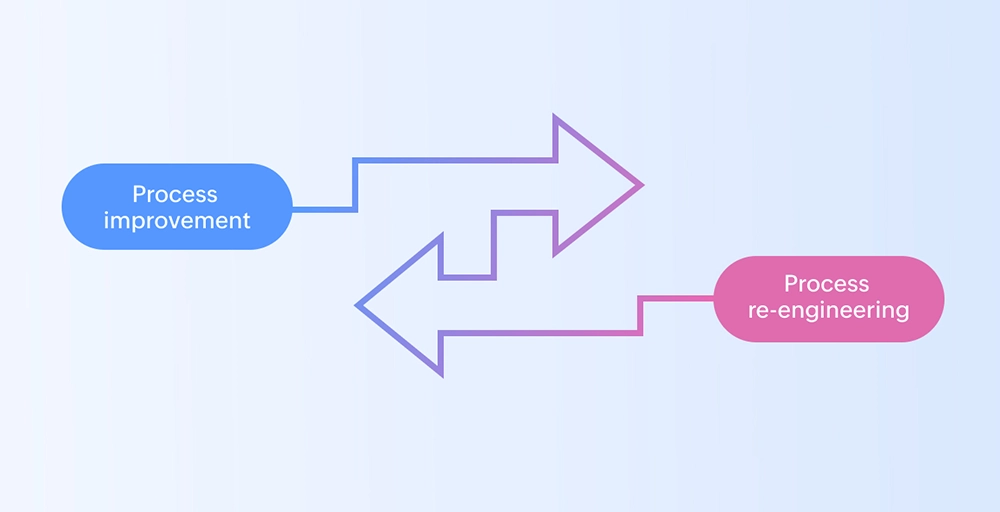
Goals and Necessity of Implementing Business Process Reengineering
Organizations turn to BPR for various reasons. Rising costs, structural complexity, slow decision-making, declining service quality, or market changes can all trigger the start of a reengineering project.
- Significant improvement in delivery time and response speed
- Reduction in operational costs and elimination of unnecessary activities
- Increased quality and customer satisfaction
- Simplification and integration of processes
- Alignment with modern technologies and digital transformation
Steps and Stages of Implementing Business Process Reengineering
Successful BPR requires a systematic and step-by-step approach. The main stages of this process are as follows:
1. Identify Key and Critical Processes
First, processes must be identified that have the greatest impact on the organization's overarching goals. Typically, these processes include production, customer service, logistics, or finance.
2. Analyze the Current State (As-Is)
In this step, the current process is examined in terms of workflows, resources, inputs, and outputs. The aim of this stage is to identify bottlenecks, redundancies, and non-value-added activities.
3. Design the Desired Process (To-Be)
In this stage, a new process is designed based on technology, engineering principles, and innovation. This design should be simple, effective, digital, and customer-centric.
4. Implementation and Change Management
Implementing the new process is often challenging as it requires changes in organizational culture, structure, and roles. Therefore, change management and employee training play a vital role.
5. Evaluation and Continuous Improvement
After implementing the new process, its performance must be monitored and continuously improved. This stage essentially links BPR to BPM, leading to ongoing enhancement.

Difference Between BPR and BPM
Although BPR and BPM both fall within the realm of process improvement, they differ in terms of objectives, scope, and execution methods:
| Characteristic | Business Process Reengineering (BPR) | Business Process Management (BPM) |
|---|---|---|
| Objective | Fundamental and revolutionary transformation | Gradual and sustainable improvement |
| Scope of Change | Complete redesign of processes | Optimization of existing processes |
| Duration | Long-term and costly | Ongoing and repeatable |
| Risk | High (due to fundamental changes) | Low (due to incremental improvements) |
| Technology | Core focus and driver of change | Supporting tool for processes |
Example of BPR in Practice
One of the most well-known examples of BPR relates to the company “Ford.” In the 1990s, this company redesigned its accounting processes, which involved over 500 people. After implementing BPR and digitizing the processes, the number of employees in the accounting department was reduced to less than half, while accuracy and speed multiplied.
Another example is the company “IBM,” which reduced its customer service response time from several days to just a few hours through reengineering.
Risks and Challenges of Business Process Reengineering
Implementing BPR is accompanied by various challenges due to the extensive changes involved. Awareness of these risks can help ensure project success:
- Employee resistance to change
- Lack of support from senior management
- High costs and time-consuming nature of the project
- Overemphasis on technology instead of real needs
- Neglecting organizational culture and employee training
To mitigate risks, organizational change management and employee participation must be considered throughout all stages of the project.
The Role of Technology in Business Process Reengineering
Technology is the beating heart of BPR. Tools such as BPMS, process automation, ERP, and CRM help organizations execute redesigned processes more quickly and effectively.
- 💻 BPMS for modeling and executing new processes
- 📊 ERP for data and resource integration within the organization
- 📞 CRM for enhancing customer experience
- 📱 Digital tools to eliminate paper-based activities
Conclusion
Business Process Reengineering (BPR) is a transformative approach that can elevate an organization's performance to a completely new level. Although this journey comes with challenges, leveraging technology, management commitment, and alignment with Business Process Management (BPM) can reduce risks and ensure success.
BPR is not just a temporary project, but a starting point for digital transformation and the reinvention of organizations in the technology age.
Frequently Asked Questions
